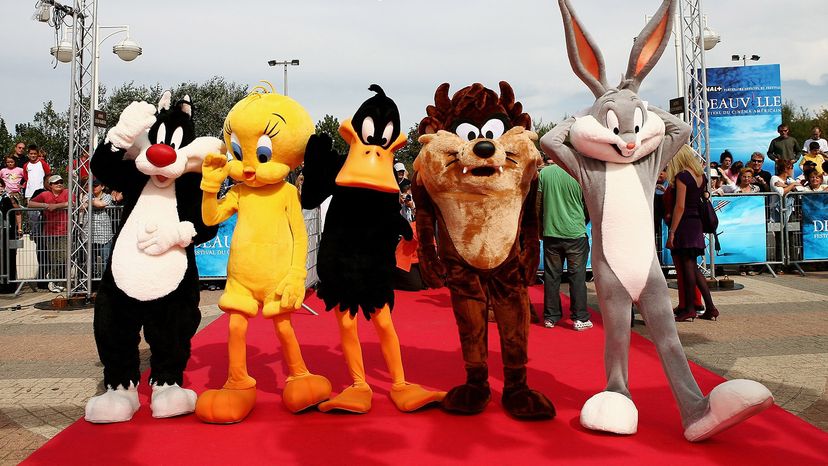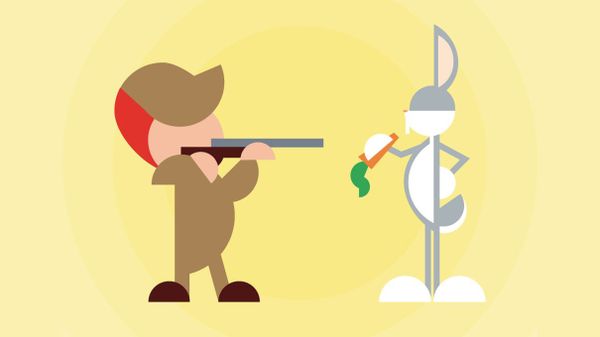One big reason for Bugs' popularity could very well be the writing. Eddy Von Mueller, lecturer of film and media studies at Emory University, told Holly Frey, "When I think about my favorite Bugs cartoons, many of my favorite moments aren't about the visuals, which are often wonderful, it's about the great writing."
Bugs has a razor-sharp wit that's rare for cartoons of his era. While other characters had comedy happening to them, Bugs is practically an insult comic. "That fast-talking, wisecracking, verbal wit, that's a train that Bugs Bunny owns. There are no other great wits in early animation," said Von Mueller.
And then there's the fact that Bugs Bunny wasn't written just for kids. There are jokes and gags in every Bugs cartoon for children and adults, helping the cartoon age well and reflect the culture in which it was created. Warner Bros. cartoons, particularly Bugs cartoons, were entrenched in the real world.
"Kids can learn culture from Bugs Bunny cartoons. He's Groucho Marx with bunny ears," Von Mueller noted.


